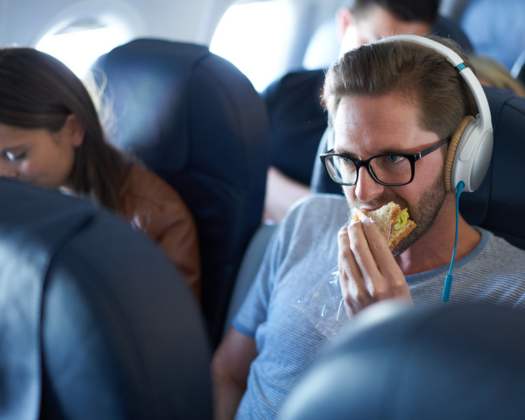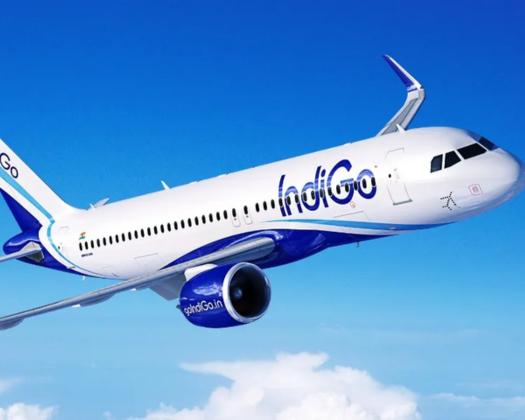Navigating the Culinary Sky: Foods to Avoid During Air Travel
Introduction
Let's face it — air travel isn't exactly a gourmet experience. While the restaurants in airports may offer a respite, the in-flight meals often leave much to be desired. However, the array of grab-and-go options available at airports also requires careful consideration, as not all foods are suitable for consumption at cruising altitude. In this guide, we explore the foods you should steer clear of during your journey for both health reasons and the sake of maintaining harmony among fellow passengers.
The Unfriendly Skies: Foods to Avoidcc
1. Tap Water
Airline water can be a breeding ground for bacteria due to infrequent tank cleanings. Despite efforts to improve hygiene, a significant number of planes still test positive for coliform bacteria. Opt for bottled water from the beverage cart to stay on the safe side.
2. Hot Drinks
Coffee and tea might seem comforting, but the water used to make them comes from the same suspect tanks as tap water. The risk of sipping on bacteria-laden beverages outweighs the comfort they provide.
3. Yogurt
Foil-topped yogurt containers may seem like a healthy choice, but they have a tendency to expand and potentially explode at high altitudes. Exercise caution when opening these containers to avoid an unwanted creamy eruption.
4. Gum
Chewing gum might appear harmless, but excessive gum-chewing can lead to bloating, gas, and diarrhea. The artificial sweeteners in gum can ferment in the colon, causing discomfort and unwanted side effects.
5. Alcohol
While enjoying a drink on a plane is common, alcohol can exacerbate dehydration, particularly in the low-humidity cabin environment. Ensure you balance any alcoholic beverages with plenty of bottled water.
6. Airplane Food
The infamous reputation of airplane food is not unfounded. Taste buds are altered at high altitudes, making meals seem bland. Additionally, reheating and cooling processes during flight can result in dried-out proteins and undesirable textures.
7. Too Much Salt
A sodium-rich diet can contribute to swollen feet during flights. To mitigate this, avoid salty foods the day before and on the day of your journey.
8. Chips
Chips may be a seemingly innocent snack, but the amplified crunch at 30,000 feet can be bothersome to fellow passengers. Consider noise-canceling headphones if you're craving that satisfying chip crunch.
9. Burritos
Spicy, hard-to-digest, and potentially gas-inducing, burritos may not be the best choice for in-flight dining. Save this indulgence for after you've landed.
10. Coffee
Apart from the questionable water quality used to make airplane coffee, coffee's dehydrating effect and potential irritation to the bladder make it less than ideal for in-flight consumption.
11. Trail Mix
While trail mix is generally a healthy snack, the combination of nuts and dried fruit can lead to gas issues, particularly in a pressurized cabin where intestinal gas expands.
12. Apples and Oranges
Despite their health benefits, the fiber in apples and acidity in oranges can lead to unwanted side effects, including bloating and heartburn, respectively.
13. Anything Stinky
Avoid bringing strongly scented foods like tuna sandwiches, hard-boiled eggs, or garlic-laden dishes. Maintaining a pleasant cabin environment is considerate to fellow passengers.
14. Nothing?
Contrary to common belief, avoiding all food during a flight might not be the solution. While some claim that fasting helps prevent jet lag, nutritionists argue that it can lead to low blood sugar and worsen jet lag symptoms.
Conclusion
In the complex culinary landscape of air travel, making informed choices about what to eat and what to avoid is crucial. Opting for bottled water, steering clear of gas-inducing foods, and balancing indulgences with hydration are key considerations. By understanding the nuances of in-flight nutrition, passengers can make choices that contribute to a more comfortable and enjoyable journey for everyone on board. Balancing health-conscious decisions with the need for in-flight satisfaction is the key to a successful culinary expedition at 30,000 feet.









